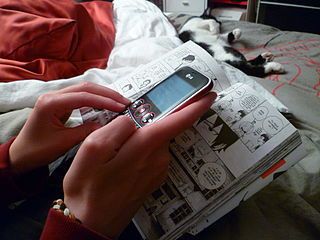From 2GreenEnergy Intern Fabio Porcu: Lithium-ion Batteries

Using an external circuit, during the discharge, the electrons that enter the cathode balance the electrochemical reaction, a process that is completely reversible during the charge phase. The structure of the electrodes must therefore be crystalline and open, to allow the insertion and extraction of lithium ions and at the same time must allow the acceptance of electrons in compensation.
As for the positive electrode it is done mainly with:
- Lithium-cobalt oxide, LiCoO2
- Lithium-mixed metal oxide, typically nickel and cobalt, e.g., LiNi8Co0.2O2
- Lithium-oxide manganese, LiMn2O4
- Lithium-iron phosphate, LiFePO4
There are two main form factors for lithium-ion batteries: cylindrical or flat. The electrochemical mechanism that governs lithium-ion batteries is called intercalation, where the ions are incorporated into the molecular structure of the material of which the electrode is formed. During charging, when the cathode is reduced electrochemically, the lithium-ions are inserted into the layers of graphite resulting in the following half-reaction:
C6 + XLi+ + Xe– ⇄ LixC6
Where C6 is a single unit of carbon, while x is the amount of lithium per unit of carbon, such amounts range usually from 0 to 1. In the anode the half-reaction is:
Li ⇄ Li++ e–
The potential of the carbon electrode at the end of the charge can fall by tens of millivolts because the electrodes are intercalated with lithium- ions, and the nominal cell voltage obtainable is approximately 3.6 V. However, this value may vary depending on the size and the technology used from 2.5 V to 4.2 V.
The most important features of this type of battery are:
- A low self-discharge rate, typically between 2% and 8% of their charge per month;
- Long life, they can support more than 1,000 cycles of charge and discharge;
- Wide range of operating temperatures, which allow charging from 20◦C -40◦C, and a discharge between 40◦C – 65◦C;
These features, have made these batteries leaders in many market segments. However obviously they have disadvantages including:
- They degrade if loaded below a voltage of 2V;
- Lose their capacity permanently, at temperatures above 65°C;
- Considerable safety hazard when they are overloaded or are subjected to high temperatures.
Because of these problems it is necessary to adopt protection circuits.
Lithium batteries are used in electronic devices and traction (EVs), rather than for storage of renewable energy. This is because lithium is a very expensive material and is therefore problematic in high power requirements, which are areas in which NaS batteries excel. The latter, in fact, are constituted by materials much cheaper. In low power applications, such as computers and cell phones, lithium batteries are the most used.
Research, with regard to lithium batteries is mainly directed toward lithium-iron-phosphorus. Here, development is aimed at reducing the cost of the materials, so as to make them competitive even at high power applications. Precisely for this reason, President Obama has earmarked approximately $2 billion for the development of this precise battery chemistry. Right now the nations that are furthest along in the research are China, Germany and the United States.
2GreenEnergy Intern, Lithium-ion batteries, storage of renewable energy, lithium-iron-phosphorus
